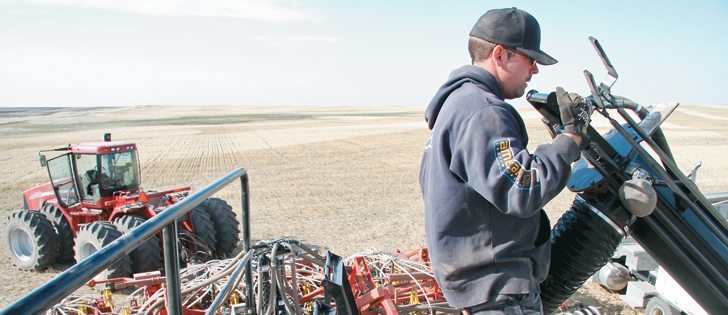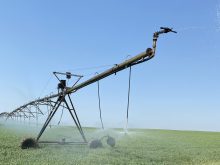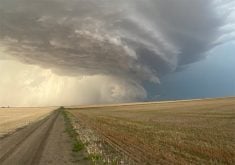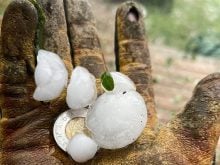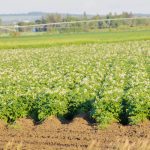A Manitoba company that collects high tech agricultural data has won an exclusive carbon offset contract with an Edmonton power utility.
Farmers Edge will work with farmers who use quality farm management and data collection to secure carbon offsets under a new Alberta Greenhouse Gas Reduction Program.
“For us, there is a lot of value in securing high-quality offsets going forward,” said Chelsea Erhardt, environmental markets specialist with Capital Power, the Edmonton electricity generator.
Carbon offset programs between farmers and power companies aren’t new, but a new protocol aims to reduce nitrous oxide gas in agriculture.
Read Also
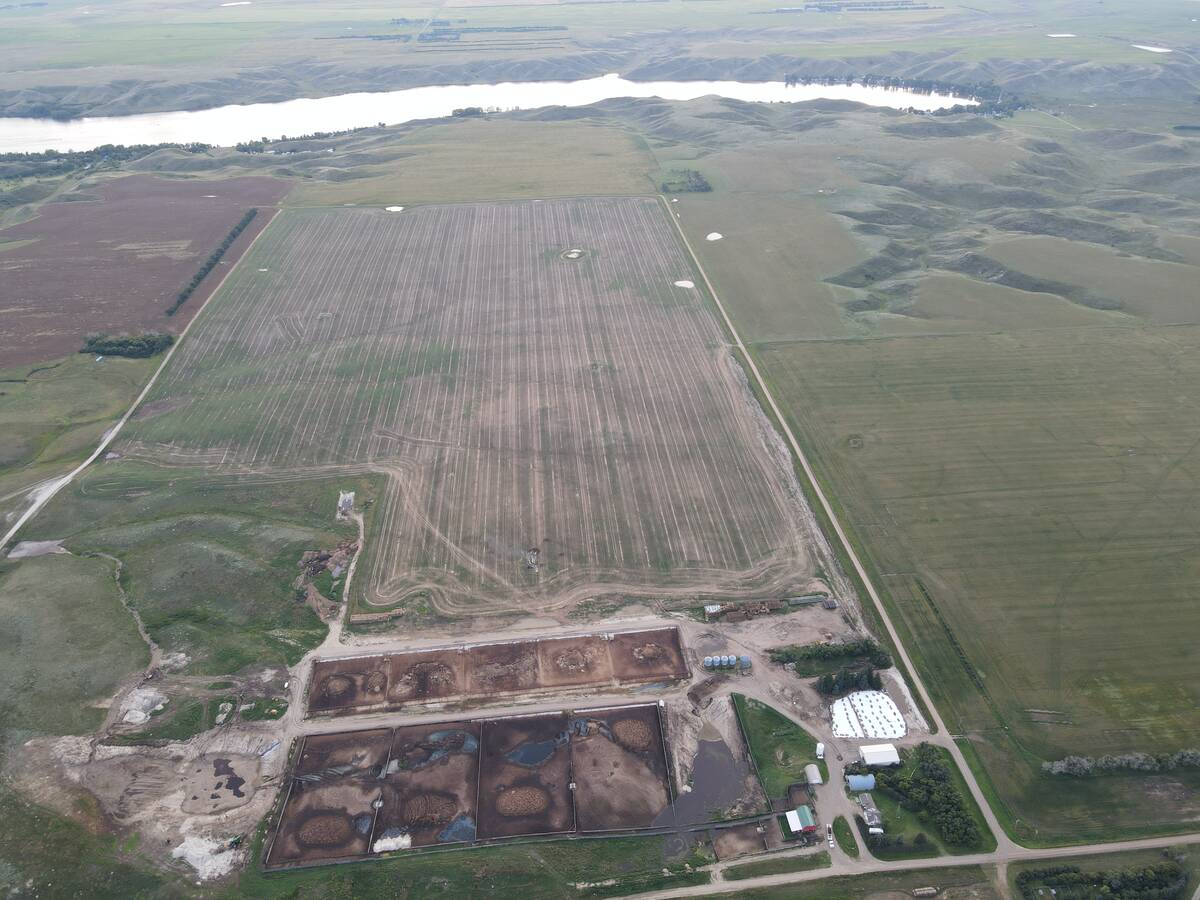
Saskatchewan RM declines feedlot application, cites bylaws
Already facing some community pushback, a proposed 2,000-head cattle feedlot south of Swift Current, Sask., has been rejected for a municipal permit, partly over zoning concerns about the minimum distance from a residence.
Agriculture produces three main types of greenhouse gas emissions: carbon dioxide, nitrous oxide and methane.
Previous agricultural greenhouse gas reduction protocols focused on carbon dioxide reduction by giving farmers credit for no-till or conservation tillage adoption.
The new Alberta Nitrous Oxide Emissions Reduction Protocol is based on the Canadian Fertilizer Institute’s 4R program, which promotes the right source, right rate, right time and right placement of fertilizer.
Farmers Edge president Wade Barnes said the company plans to develop a program that uses variable rate technology, precision agriculture and satellite imagery to confirm that the ideal amount of fertilizer is being placed in the right spot in the field and allow farmers to collect and be paid for carbon credits.
“We will log when fertilizer went on, how much went on, what areas of the field did it go on and then collect the data after through yield monitoring in those spatial areas and compare it to where we put more fertilizer on, did we get more yields?” he said.
Earning carbon credits is based on showing how changes in practice lower greenhouse gas emission.
“The value we bring is the majority of our customers will be on the variable rate technology component, so that is the Cadillac version of the NERP protocol, so that will (be the) heavy field centric data component,” he said.
Erhardt said Capital Power wanted a partner that could guarantee the quality of data collected from farmers.
“We collect all the data each year and submit that data to the government and it has to be verified by a third party. The government can always go back and audit those, and if they’re audited and found and the auditor believes that data has been recorded inaccurately, then those tonnes are clawed back. That creates issues for us if we have already retired them against one of our projects,” she said.
“The reason why Farmers Edge is such an excellent project is because it has such high-quality data.… That is why we saw this as a shining star amongst all the other aggregators.”
Barnes said the new Alberta government program would use a higher level of technology to gather and verify the farming practices than the earlier conservation tillage carbon offset program.
“What happened a lot with the tillage offsets was a lack of transparency, and a lack of quality information was a real concern, whether they were real or not,” he said.
Tom Goddard, a senior policy adviser with Alberta Agriculture, said rules have changed since the carbon offset program began in 2007 to ensure more accurate data collection.
“I wouldn’t call it a problem,” he said.
“Some aggregators may have had problems with getting the right data together. Admittedly since 2007, the requirement for data has increased. You need to prove everything you do.”
The nitrous oxide protocol must have historical field data with annual crop and farm records that show where nitrogen fertilizer management has occurred.
The amount of data collection and verification that is required to claim carbon offsets means few farmers are willing or able to spend the time collecting and verifying all the field data, said Barnes.
“If the grower has to do a whole bunch of work around this, he’s just not going to do it,” said Barnes, whose company manages four million acres of farmland.
“He doesn’t have time. Our strategy is to make this all very passive and very convenient.”
Barnes said farmers who sign specific contracts with Farmers Edge will receive a reduction in their farm acreage management bill in exchange for the data and carbon offsets that are collected.
“The grower signs the carbon over to Farmers Edge, who take the data and take the risk, aggregate it and reduce farmers’ cost from $8 per acre to $4 per acre.”
Contact mary.macarthur@producer.com

